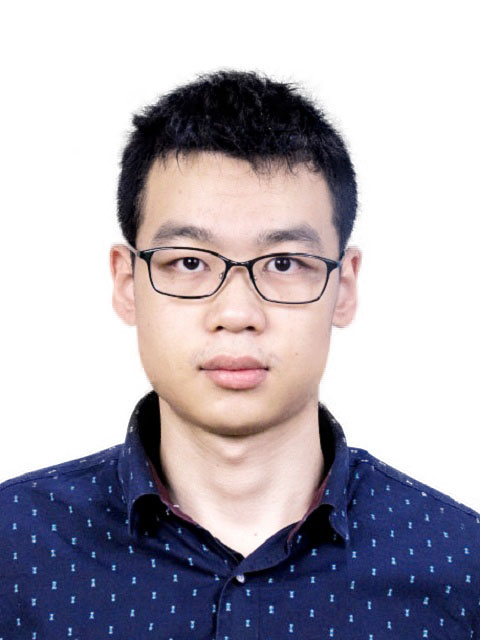Cited By
View all- Xu ZLi BCao W(2025)Enhancing federated learning-based social recommendations with graph attention networksNeurocomputing10.1016/j.neucom.2024.129045617(129045)Online publication date: Feb-2025
- Fu XXie WChen BDeng TZou TWang XSerra ESpezzano F(2024)ACDM: An Effective and Scalable Active Clustering with Pairwise ConstraintProceedings of the 33rd ACM International Conference on Information and Knowledge Management10.1145/3627673.3679601(643-652)Online publication date: 21-Oct-2024
- Choi SKim WKim SIn YKim SPark CChua TNgo CKa-Wei Lee RKumar RLauw H(2024)DSLR: Diversity Enhancement and Structure Learning for Rehearsal-based Graph Continual LearningProceedings of the ACM Web Conference 202410.1145/3589334.3645561(733-744)Online publication date: 13-May-2024
- Show More Cited By


